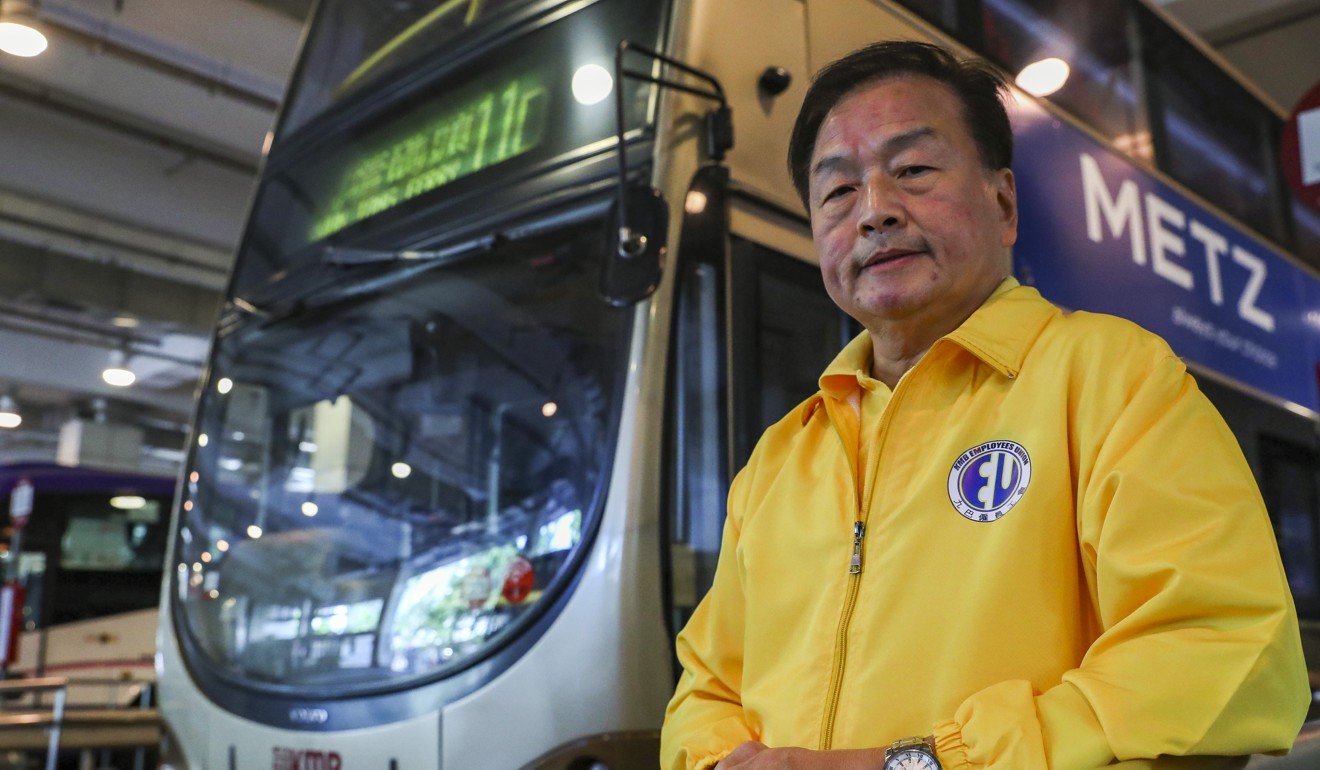
Letters | How to address ‘culture of speeding’ among Hong Kong bus drivers
- Regulations have thus far seem to have only discouraged ‘excessive speeding’, but updated bus technology can be used to discourage speeding as a whole
This reinforces the speeding culture mentioned by Mr Kwok, that is, normal speeding is OK, but excessive speeding is not. I find it hard to understand why the Transport Department or any company in Hong Kong would permit employees to break the law before warning them against doing so – how would this fit in with the rule of law and corporate social responsibility ethics? I find it even harder to believe that this fact was not the subject of a recommendation by the committee. It appears both the Transport Department and bus operators permit speeding as long as it is not more than 10 per cent over the legal limit.

Most drivers in Hong Kong drive at 10km/h over the legal limit and this poor driving culture is based primarily on a belief that speedometers have a 10 per cent over/under allowance provided for in the law, which was true before 2008 and thus speed enforcement levels followed.
For the safety of all road users and to ensure that bus drivers are aware when they are speeding, all bus speedometers must conform to the law, and all speed warning devices must activate when the driver reaches 30km/h in a 30km/h zone, 50 in a 50 and so on.
Bus drivers must be aware they are about to break the law so they can slow down before they actually break the law, and should a bus driver ignore the first speed warning while still within the legal limit and then break the law into “excessive” (not legally defined) speeding, another alarm should sound – then the bus operators’ warning letter may have more weight.
There are many ways to ensure buses run on time, but fostering a culture of speeding and then warning drivers against speeding does not appear to be fair.
Neil Dunn, Kowloon

